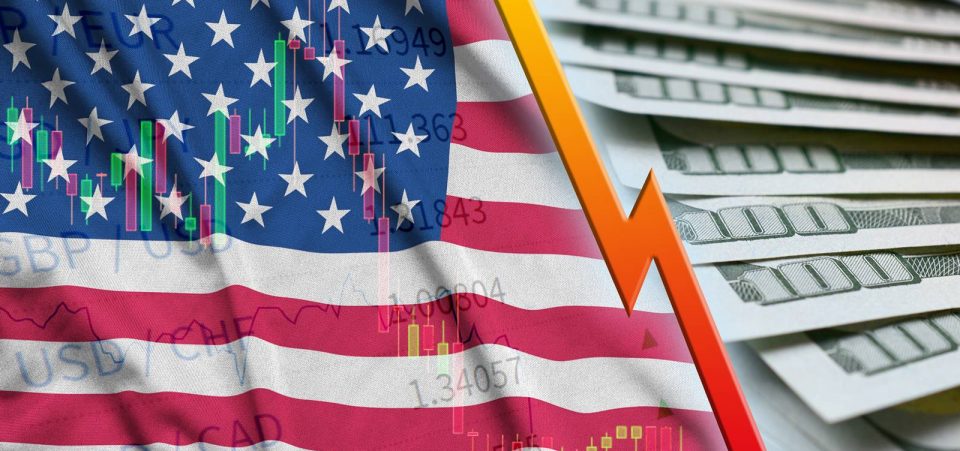Central Banks Losing Confidence in the U.S. Dollar?
Whether you like to hear it or not, this is reality: the U.S. dollar is losing its popularity. This could be very bad for the value of the greenback in the coming years.
You see, central banks around the world hold a lot of American dollars.
Recently, however, they have been reducing their exposure to the dollar. If you hold U.S. dollars and dollar-denominated assets, you shouldn’t ignore this phenomenon whatsoever. It could have dire consequences.
Consider this: according to the International Monetary Fund’s (IMF) Currency Composition of Official Foreign Exchange Reserves (COFER) data, in the fourth quarter of 2015, central banks allocated 65.7% of their allocated reserves to American dollars. (Source: “Currency Composition of Official Foreign Exchange Reserves,” International Monetary Fund, last accessed January 9, 2020.)
In the third quarter of 2019, this figure was 61.8% Looking at the difference over the past few years, central banks have reduced their exposure toward the the greenback by about six percent.
This may not seem like a big difference, but in the grand scheme of things, it says there’s a loss of confidence in the U.S. dollar.
Here’s the thing: while their allocation to the American dollar has declined, the overall allocated reserves at central banks around the world have actually increased by about 47%!
Will Central Banks Continue to Buy More U.S. Dollars?
With this, you must ask: will central banks continue to reduce their exposure to the American dollar? It’s very possible.
Keep in mind, central banks are supposedly the wealth protectors of countries. Think of them as conservative investors who want stability in their currencies.
Sadly, as it stands, the fundamentals of the U.S. dollar don’t seem that great these days.
The U.S. government has been addicted to spending without remorse. It continues to incur huge budget deficits. In fiscal-year 2019, the U.S. government reported a budget deficit of close to $1.0 trillion.
Looking ahead, there is no sign of balanced budgets.
Know this: budget deficits lead to a higher national debt. Currently, the U.S. national debt stands at over $23.0 trillion, and it could go a lot higher in the coming years.
National debt isn’t necessarily a big problem in the near term, but in the long term it does damage to the currency.
With this in mind, will central banks prefer to hold the greenback in their reserves? It’s very unlikely.
Slow Decline at First, Panic Comes Later
Dear reader, the future of the U.S. dollar doesn’t look that bright.
Will we see an outright dollar collapse? I believe we won’t see an outright collapse as some predict. Instead, I think we will see a slow and gradual decline in value at first and massive panic later.
Why should you be bothered about all this?
If the value of the American dollar tumbles, it will have an immense impact across the board.
Let me leave you with some food for thought: global trade is primarily done in U.S. dollars. How will companies hedge their businesses from a falling dollar? Major commodities are also priced in American dollars; how will producers and end users be impacted?






